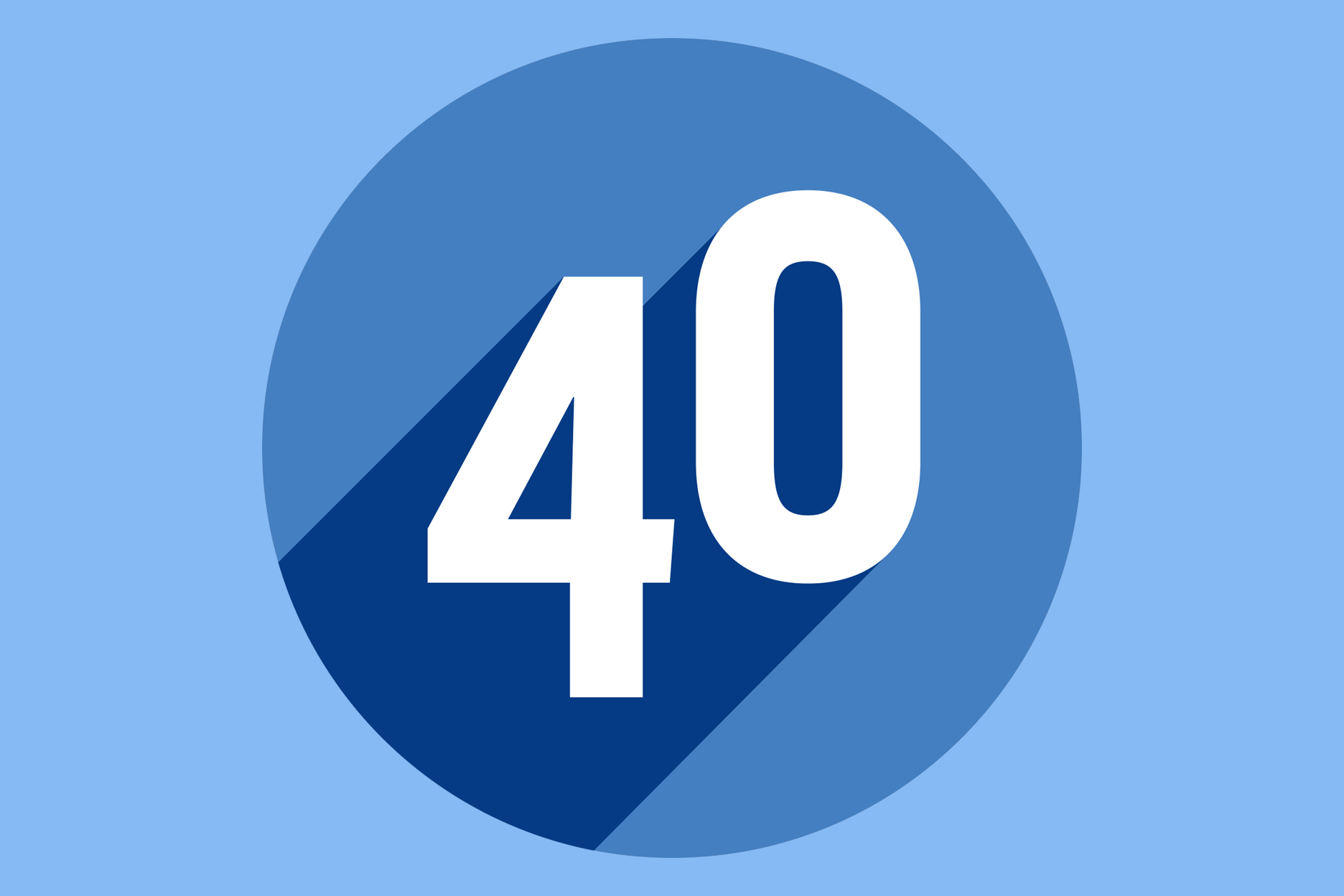

If you ask a small business owner, an HR professional or an employee benefits expert to describe a PEO, there’s a good chance he or she could. You know that recognition and understanding of PEOs continues to grow and spread. More and more businesses understand the value and unmatched expertise a PEO brings.
You also know that history tells a different story. In the early days of the industry, PEOs existed as an unfamiliar concept to most. People struggled to comprehend the idea and often confused PEOs as staffing or payroll companies. The original staff or employee leasing moniker contributed to this, no doubt.
Yet, some businesses did see the value PEOs created. Employee leasing companies popped up in the 1970s and spread further in the 1980s. Business owners saw the benefit of saving on administrative costs associated with payroll and workers’ comp and other insurance-related costs.
As the nascent industry developed, growing pains emerged. A few employee leasing company owners decided to form a trade association to fight these challenges together. The collective strength of their united voices would be stronger than speaking alone, they reasoned.
40 years ago this November, a small group of industry pioneers forged a new path that all of us would follow. The group voted to establish the National Staff Leasing Association to protect, support and grow their businesses. None knew for sure what the future would bring, but they took the risk.
We’re lucky they did.
THE FOUNDING
Huddled in a hotel meeting room in Scottsdale, Arizona, representatives from 14 employee leasing companies discussed, debated and devised a new plan to unite their businesses. They faced common challenges and threats from distant government agencies, so they identified shared goals to work towards. They laid out guiding principles and elected a Virginian to lead them.
OK, so NAPEO’s founding lacks the same drama and significance as our nation’s founding, but it’s a good story, nevertheless.
It’s difficult to pinpoint exactly when and where the industry began, but generally accepted lore holds that the staff leasing industry (the PEO term would come a bit later) began in California in the 1970s. Two of those early industry members played key roles in creating the National Staff Leasing Association (NAPEO’s original name). T. Joe Willey of Staffing Services thought it would be wise to start connecting with other companies like his. Changes to federal tax and pension law in 1982 had exposed the precarious position of the industry. With no regulatory structure or recognition to protect them, companies like Willey’s could be put out of business with the stroke of a pen.
“Kent Ahlswede of Staff Resources called me and said he had heard I was developing a computer listing of all staff leasing firms in the country. What was the status of that listing? he asked” Willey wrote in PEO Insider ® in 2014.
Ahlswede wondered if Willey’s list might be used to convene a meeting of these companies. He thought the industry needed a trade association to harness their collective voices. In November of 1984, 14 staff leasing companies met and decided to create the National Staff Leasing Association (NSLA). The group elected Andy Butler of Office Staff Services in Virginia to serve as NSLA president due to his proximity to Washington, D.C. Ahlswede took on the role of vice president from California. From the very beginning, NSLA represented members across the country.
“The industry needed a unified voice and a bit of polish to shine up its image,” Willey recalled, “…from the beginning I was convinced this was the start of something significant.” 1
It’s impossible to know the future that Willey envisaged, but 40 years later the industry has matured and grown immensely. From the original 14 there are now nearly 200 PEO NAPEO members, plus another 200 or so associate members. Willey would play a critical role in the industry’s growth. He would go on to dedicate his time and energy to training and teaching other PEO operators. His 1988 book, The Business of Employee Leasing, became a must-read for anyone interested in starting his or her own PEO. Many NAPEO members trace their initial encounters with PEOs to Willey’s book.
Ahlswede continued in various leadership roles within NSLA and NAPEO; his son, Craig, continued in his footsteps by serving as the California Leadership Council chair for many years. Ahlswede’s company re-branded as Allevity in 2012 and is the longest tenured NAPEO member. Craig Ahlswede still runs the company today.
GOING LOCAL
Many of the obstacles the industry faced in the early days came at the state level. Reactions varied across the states from confusion and uncertainty to outright hostility. Most days it probably felt like playing Whac-A-Mole, desperately trying to put out embers before they spread into flames. Many members will recount stories of taking breaks during NSLA conferences to call the office to see if they were still in business.
Yet, NSLA members believed in their businesses and the power that PEOs had to help small businesses thrive. The industry pioneers set out to develop the rules and structure their young industry needed.
A particularly dire situation emerged in Texas in the late 1980s when the Texas Employment Commission (TEC) sent out notices to staff leasing companies demanding a meeting. Essentially, representatives from the TEC informed members that the TEC does not recognize staff leasing. Eddie Heinemeier, of The Staff Professionals in San Antonio and another founding NSLA member, remembered the meeting with TEC staffers. He wrote in 2014 in PEO Insider®, “The TEC was willing to allow us to act as payrolling companies, but not to act as the employer in filing unemployment returns.”
After consulting with each other, the companies “…refused to submit,” Heinemeier wrote. As true Texans, they stood their ground. Recognizing the peril before them, the Texas members of NSLA thought they needed a more coordinated approach. Heinemeier presented the NSLA board with a petition to create the first state chapter. The NSLA Texas Chapter would go on to achieve several regulatory and legal victories in the state and in September 1993 HB 456, the Texas employee leasing licensing act, became law.
NSLA members all over the country faced similar obstacles. In 1992, Massachusetts changed the state’s rules about how workers’ comp. policies were written, but didn’t bother to tell PEOs. Bob Burbidge of Genesis HR Solutions recalled racing down to the bureau, paying a $500 fine and filling out a new application for each of his 18 clients.
Members raced to persuade state legislators to adopt regulatory statues that would provide guardrails and rules for the industry.
“Florida had [in the late 1980s] a large number of employee leasing companies that had begun to operate and grow. Those of us who were dedicated to doing things right legally and in accordance with good business practices believed strongly that if we were going to build credibility in the market and grow our businesses, we had to be regulated. I participated with Carlos Saladrigas, Mike Miller, and a few others in working to shape and support legislation to license employee leasing companies in Florida,” Britt Landrum, Jr., founder of LandrumHR in Pensacola, Florida, told PEO Insider ® in 2014.
“Regulators and insurers did not understand the industry. Most regulators felt PEOs were illegal since the service model did not fit within their existing statutes and regulations. Insurers did not know how to underwrite, price, and manage the risk presented by these new ‘small business aggregators,’ and many insurers suffered heavy and in a few cases fatal losses as a result, Rex Eley told PEO Insider ® in 2014.
Eley operated a PEO out of Little Rock, Arkansas before starting the Institute for the Accreditation of PEOs (later named ESAC) in 1997. Eley worked with a lawyer named Rufus Wolf who soon joined NSLA as an associate member. With help from a few others, Wolf and Eley began drafting the first state PEO licensing bill. Arkansas passed the nation’s first PEO licensing bill in June of 1991. Florida followed suit just a few months later. In December of 1992, NSLA adopted a model state licensing act to help coordinate the pursuit of other state PEO laws. In 1999, the NAPEO board adopted the Millennium Project, a five-year, $900,000 state government affairs plan. In 2002, the board began the process of integrating the various NAPEO chapters (by this time many had emerged) into NAPEO. The chapters became the Leadership Councils you know today. The goal was to alleviate the administrative burden on members of running the chapters, better allocate dues dollars and create a more cohesive and unified state government affairs plan. The hard work paid off.
At present, 48 states have some form of PEO recognition in law. Over the past three decades, state legislatures have adopted a variety of PEO statutes related to registration, licensing, unemployment insurance taxes and workers’ compensation.
While PEOs contended with issues popping up all over the states, it became clear that federal legislation was needed, too. As early as 1985, concerns rang out among NSLA members when Congressional leaders began discussing a law to prohibit employee leasing companies from sponsoring retirement plans. In 1994, the IRS launched a Market Study Group out of Dallas. In July of 1994, members of NAPEO’s IRS task force met with IRS representatives. The IRS representatives had a negative impression of the industry, so to counter this NAPEO presented its idea for a federal regulatory structure. In 1997, then-Reps. Ben Cardin (D-MD) and Rob Portman (R-OH) introduced the Staffing Firm Worker Benefit Act. The bill was the result of a coordinated effort with the staffing association. However, it encountered headwinds. NAPEO continued education and advocacy initiatives.
A few years later, Reps. Cardin and Portman introduced a PEO-only bill. The IRS commissioner even wrote Congress expressing support for the bill. In 2007, the Small Business Efficiency Act passed the U.S. Senate, marking significant progress towards the goal of a federal PEO bill. After years of hard work, tireless effort and relentless advocacy by many NAPEO members, President Obama signed the Small Business Efficiency Act into law on December 22, 2014.
THE NAME CHANGE
1994 was a turning point of sorts for the association. After 10 years, NSLA members had achieved many successes. Membership had grown to nearly 200 members. Laws had been passed in large states like Texas and Florida along with a few others. Yet, as the association matured, conversations emerged about what exactly NSLA members did. Was “employee leasing” really the best term?
Rex Eley recalled some of these conversations in a 2014 PEO Insider ® article. He explains that the employee leasing concept didn’t make much sense since a company could not lease an employee to a client when the employee already worked for the client. However, you can’t beat something with nothing. So, the group discussed heavily about changing the name of the industry. No easy task.
Substantial debate caused the group to think about what best described their businesses. They agreed at the core their businesses revolved around being “professional employers.” They decided to add “organization” to the end to piggy-back off the familiar HMO acronym within employee benefit circles. Plus, Eley, wrote, NAPEO sounds a lot better than NAPE.
The new industry name, PEO, also conveyed that the services these businesses provided were legitimate and sophisticated, not merely a cost-savings scheme.
It was also in 1994 that the board decided to enhance the association’s staff and budget. At this point the association only had a part-time executive director and part-time assistant. The annual budget was $300,000. Volunteers handled the bulk of the work. In 1995, a new dues structure kicked in. With the increased revenue, a full-time staff came on board. Membership grew and NAPEO began to mature and provide more resources to members. Familiar resources like the regulatory database, PEO University, and PEO Insider ® emerged in the mid-1990s. New events like the Financial Markets Conference, Attorney Day and Government Affairs Conference popped up on the calendar. In 1995, the board created the Michaeline A. Doyle Award to honor the legacy of Michaeline Doyle. Marcia Sartori received the first Doyle award.
GOING FORWARD
If there’s a lesson to learn, it’s this: today’s PEO industry owes its success to the committed, fearless group of members who laid the groundwork. Today, more than 500 PEOs serve nearly 5 million worksite employees. PEOs provide a comprehensive suite of HR and human capital management services that the industry founders likely never imagined. Business owners recognize PEOs as a solution to the pains and frustration of being an employer. PEOs help businesses grow faster, retain employees and keep the doors open. Plenty of people have taken notice of the industry. Venture capital and private equity firms invest heavily in PEOs, and the United States Congress recognizes National PEO Week to commemorate the support PEOs provide to small and mid-size businesses.
The next 40 years look bright.
The 14 Founding Member Companies:
- Kent Ahlswede, Staff Resources (CA)
- Robert Black, PC Administrators (CA)
- Lorrie Beeman & Milo Choudhry, Professional Employees Program (CA)
- Gordy Brown, California Medical Staffing Exchange (CA)
- John “Andy” Butler, Office Staff Services (VA)
- William Collins, Professional Office Staffing (IA)
- Eddie Heinemeier, The Staff Professionals (TX)
- Allan & Jan Hambert, Houston Employee Leasing Plans (TX)
- Peyton McCool & Phillip Jones, Phoenix Associates (SC)
- Dennis Newton, Staff Management (OR)
- Marvin Selter, Practice Service Corp. (CA)
- Ronald Shostack, Contract Personnel Systems (AZ)
- Laura Thornfeldt & Ray Cotner, Medical Management (ID)
- T. Joe Willey & Dean Nelson, Staffing Services (CA)
-
SHARE
- Copy to clipboard


